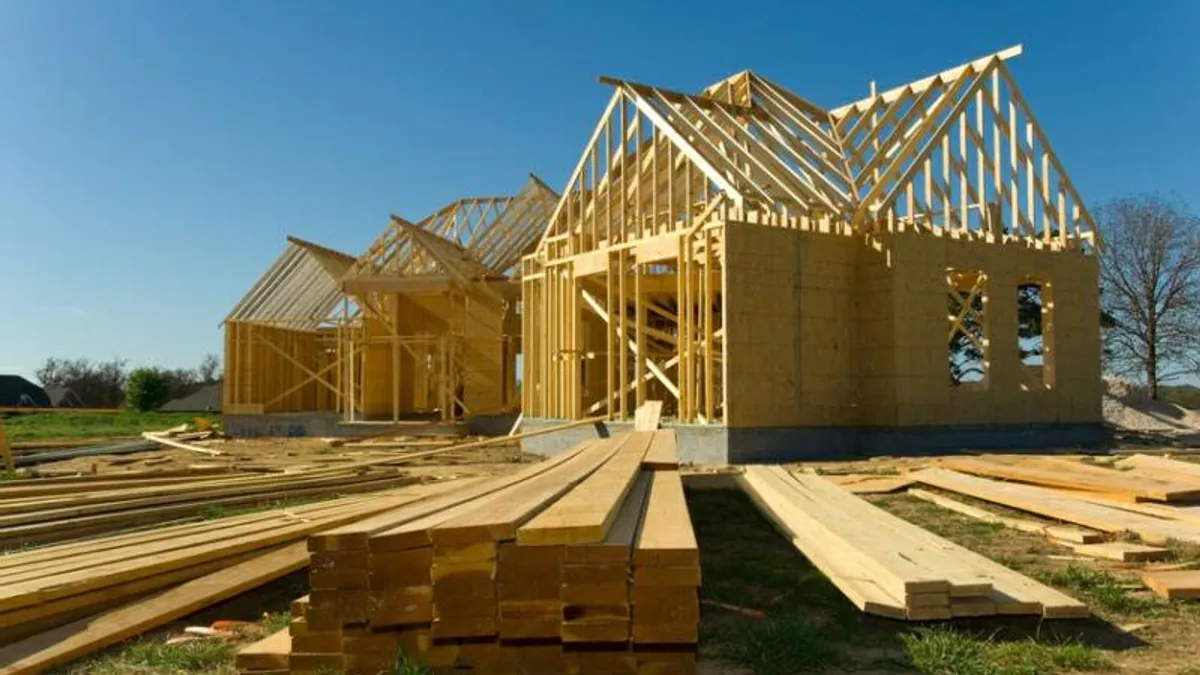Dive Brief:
-
It takes approximately seven months to build a single-family home, from permit to walk-through, National Association of Home Builders economist Na Zhao reported this week.
-
Writing in NAHB’s Eye On Housing blog, the housing policy economist noted that the cycle time varies across the country, depending on the kind of house under construction and the location. His analysis was based on the U.S. Census Bureau’s 2014 Survey of Construction.
-
Homes built for sale take six months, not including permitting, while houses built by their owners take 11.5 months to build. It takes between nine and 10 months to build a home for rent.
Dive Insight:
Average national cycle times can be instructive when a builder is planning a job schedule or deciding whether to build in a specific location.
Used as a benchmark, cycle times can keep a builder more competitive with others in the same market. In addition, builders can use the information as a measure of whether they are working to industry norms — and to try to cut cycle times if they are not.
Trimming the number of days it takes to build a house, of course, saves a builder money, allowing a company to start more homes as it finishes each one a bit faster.
For example, it’s typically quicker — by two months — to build a home in a metropolitan area than in a less-urban setting, Zhao found. For a builder trying to save on labor costs or hoping to get a for-sale home on the market quicker, that data can help with the search for potential lots.
Knowing cycle times also can help a scheduler parse out scarce labor resources so jobs can begin and end on time. And it can allow a builder to more accurately estimate for a client when a home will be ready for move-in.









